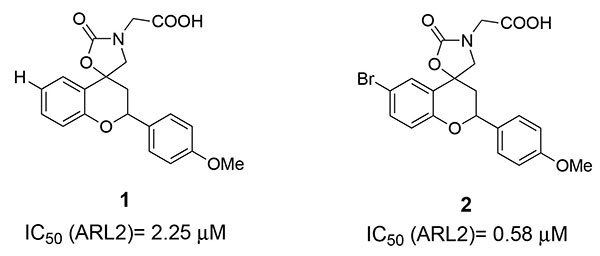
Currently, he works on microfluidics, microchip analytical systems, and micro-process engineering. Prior to joining AIST, he was a post-doctoral researcher at National Cancer Center from 2002 to 2004. In addition, a sheet-like gel with a fast reswelling rate was operated as a micro-conveyor whose conveying direction was arbitrarily controlled with a light-irradiation. He is a scientist at Research Center of Advanced Bionics, National Institute of Advanced Industrial Science and Technology (AIST) since 2004. If these chromophores are uniformly distributed in this LCST gel (without the embedded fibers), then both light and heat produce the same effect on the sample, causing the gel to undergo a uniform collapse. Two types of bending motions were observed depending on the reswelling rates of the gels a gel with a fast reswelling rate was steadily bent only during light-irradiation, whereas another gel with a slow reswelling rate showed a continuous bending motion even after the irradiation. The elastic fibers are functionalized with spirobenzopyran (SP) chromophores, which become hydrophobic under blue light. Bending motion of a rod-like p(Sp-NIPAAm) gel was invoked by local light-irradiation because of asymmetric shrinkage of the gel. The closed, colourless, hydrophobic form referred often as benzospiropyran and the open, coloured, charged merocyanine form. Rates of reswelling from the light-induced shrunken state of the spirobenzopyran-functionalized poly( N-isopropylacrylamide) ( p(Sp-NIPAAm)) gels increased with increasing ring-opening rates of spirobenzopyrans in the gels. Variations of spiropyran molecules based on the core structure of 1,3,3-trimethylspiro chromene-2,2-indoline can exist in two distinctively different forms. UV light induces the opening of the spiropyran (Sp) leading to formation of the Merocyanine (Mc).

Furthermore, it was confirmed that the highly cross-linked cylindrical gel rod with macroporous structure showed rapid bending deformation due to the asymmetric light irradiation.We introduced different spirobenzopyran derivatives into poly( N-isopropylacrylamide) gels and evaluated the effects of spontaneous ring-opening rates of the spirobenzopyrans on light-responsive volume change behaviors of the gels. Spirobenzopyrans are photo chromic organic compounds. SPB, which is one of the most known photochromic molecules, induces changes in the molecular con guration by visible-light irradiation. Both photo- and thermo-responsive properties of gels have been investigated and compared. It was found that the fastest photo- and thermo-responsive shrinking was observed for loosely crosslinked porous hydrogels. spirobenzopyran (SPBs) moieties (p (SPB NIPAAm)). Poly(N-isopropylacrylamide) gels were functionalized with photo-responsive spirobenzopyran and solvent/nonsolvent mixtures were used as swelling agent to introduce network heterogeneities during the gelation process.

The time dependence of bending deformation due to the asymmetric light irradiation as well as kinetics of shrinking has been measured. We introduced different spirobenzopyran derivatives into poly(N-isopropylacrylamide) gels and evaluated the effects of spontaneous ring-opening rates of the spirobenzopyrans on light-responsive volume change behaviors of the gels. Both photo- and thermo-responsive properties of gels have been investigated and compared. 31 Satoh T, Sumaru K, Takagi T and Kanamori T 2011 Fast-reversible light-driven hydrogels consisting of spirobenzopyran-functionalized poly(N-isopropylacrylamide) Soft Matter 7 80304. Poly( N-isopropylacrylamide) gels were functionalized with photo-responsive spirobenzopyran and solvent/nonsolvent mixtures were used as swelling agent to introduce network heterogeneities during the gelation process. Since any technical application of polymer gels critically depends on the response rate, therefore porous hydrogels have been prepared in order to accelerate the response reaction. Novel hydrogels that shrink in response to light irradiation and temperature change have been developed.


 0 kommentar(er)
0 kommentar(er)
